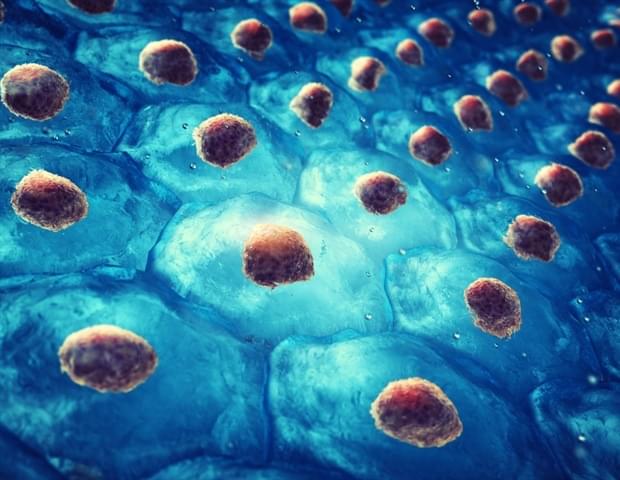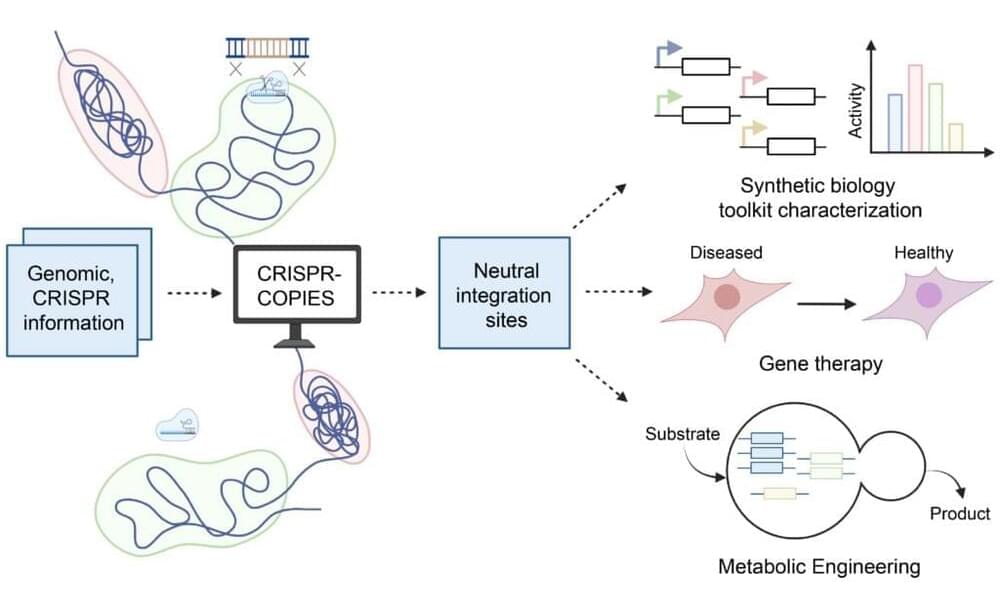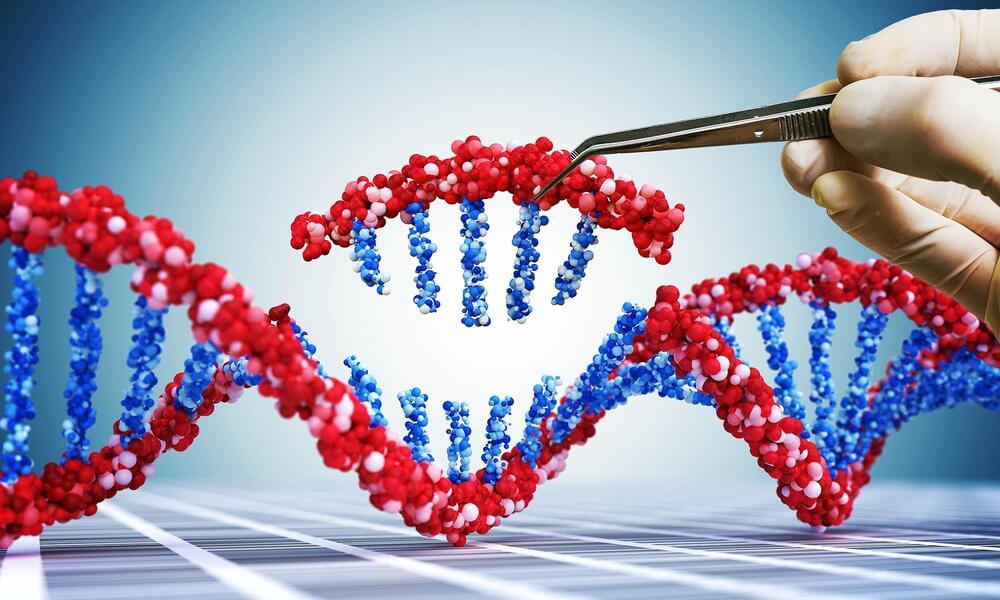Injuries in the central nervous system heal poorly because cavities scar. Researchers hope to remedy this problem by filling the cavities in such a way that stem cells feel comfortable in them.
Researchers from Bochum and Dortmund have created an artificial cell environment that could promote the regeneration of nerves. Usually, injuries to the brain or spinal cord don’t heal easily due to the formation of fluid-filled cavities and scars that prevent tissue regeneration. One starting point for medical research is therefore to fill the cavities with a substance that offers neural stem cells optimal conditions for proliferation and differentiation. The team from Ruhr University Bochum and TU Dortmund University, both in Germany, showed that positively charged hydrogels can promote the survival and growth of stem cells.
Dr. Kristin Glotzbach and Professor Andreas Faissner from the Department of Cell Morphology and Molecular Neurobiology in Bochum cooperated with Professor Ralf Weberskirch and Dr. Nils Stamm from the Faculty of Chemistry and Chemical Biology at TU Dortmund University. The team describes the findings in the American Chemical Society Journal Biomaterials Science and Engineering from January 16, 2024.






